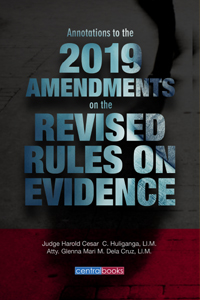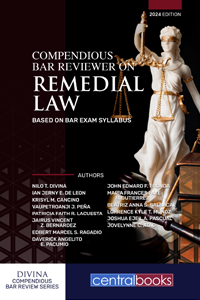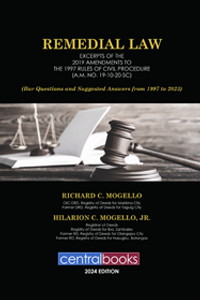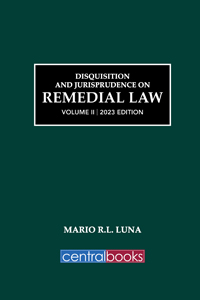- Annotations to the 2019 Amendments on the Revised Rules on Evidence (2020)
- Judge Harold Cesar C. Huliganga and Atty. Glenna Mari M. Dela Cruz
- Publisher: Central Book Supply, Inc.
- ISBN: 978-621-02-1139-9
- No. of Pages: 106
- Size: 6 x 9
- Edition: 2020
Description:
This handbook discusses the salient changes introduced by Administrative Matter No. 19-08-15-SC dated October 8, 2019, otherwise known as the 2019 Proposed Amendments to the Revised Rules on Evidence, which took effect May 1, 2020. This 2019 Proposed Amendments (hereafter referred to as the new rules) is an update of the Revised Rules of Evidence (hereafter referred to as the old rules), which was last amended in 1989. It remained untouched for thirty (30) years until the present amendments. The amendments are intended to attune and align our rules of evidence to the latest advances in technology and to harmonize them with modern developments, both in procedural and substantive law, jurisprudence, as well as international conventions.








